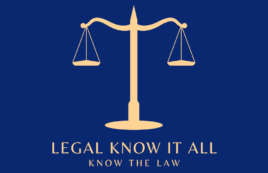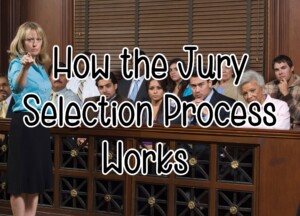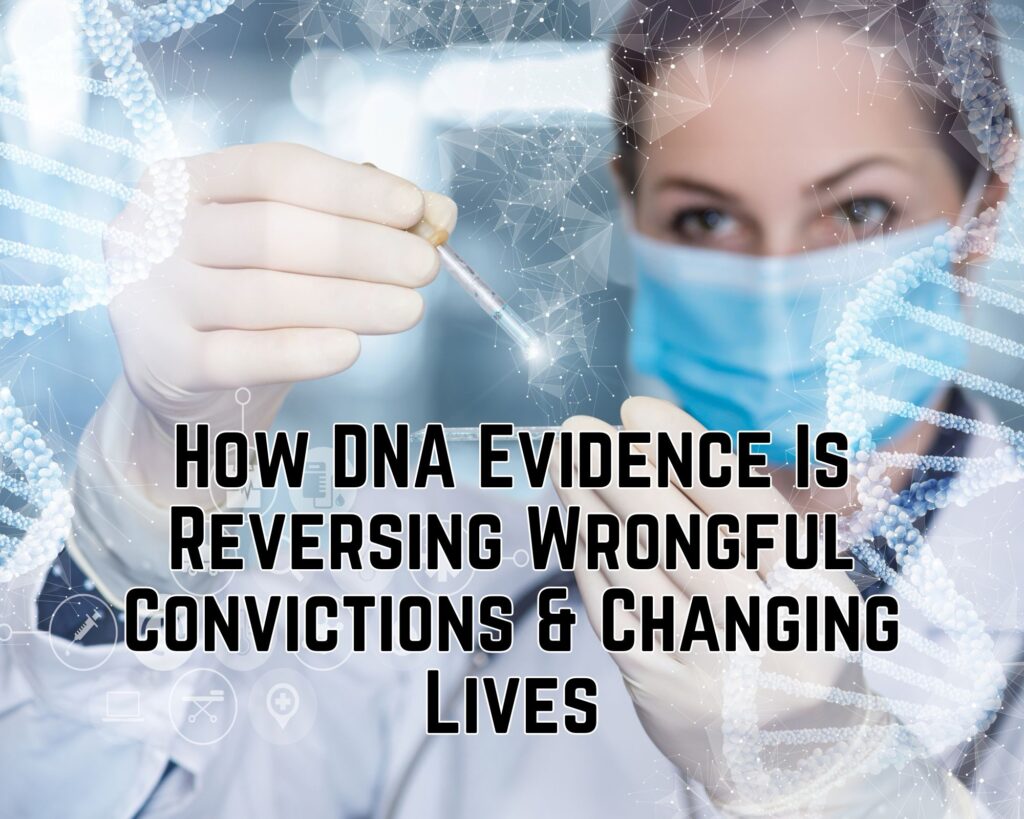
How Is DNA Evidence Transforming the Justice System?
In the intricate tapestry of the justice system, where truths, half-truths, and misinterpretations often intertwine, DNA evidence emerges as a beacon of undeniable truth. It’s the key that has unlocked the chains for countless individuals wrongfully imprisoned, shedding light on the darkest corners of judicial errors. But how exactly is DNA evidence redefining the landscape of justice, and why has it become such a pivotal tool in overturning wrongful convictions?
At the heart of this transformation is the undeniable precision of DNA testing. Unlike other forms of evidence, which can be subjective or tainted by human error, DNA offers a clear, scientific link or distinction that can affirm innocence or guilt with staggering accuracy. This shift towards empirical evidence has not only exonerated those unjustly condemned but has also sparked a reevaluation of legal practices and the reliability of traditional evidence.
Through the lens of real-life exoneration stories, we begin to grasp the monumental impact of DNA testing. These narratives are not just tales of freedom regained; they are poignant reminders of the fallibility of human judgment and the need for continuous improvement in our justice system. As we delve deeper into the role of DNA evidence in wrongful convictions, we unveil a story of hope, resilience, and the tireless pursuit of truth—a narrative that underscores the evolving relationship between science and law in the quest for justice.
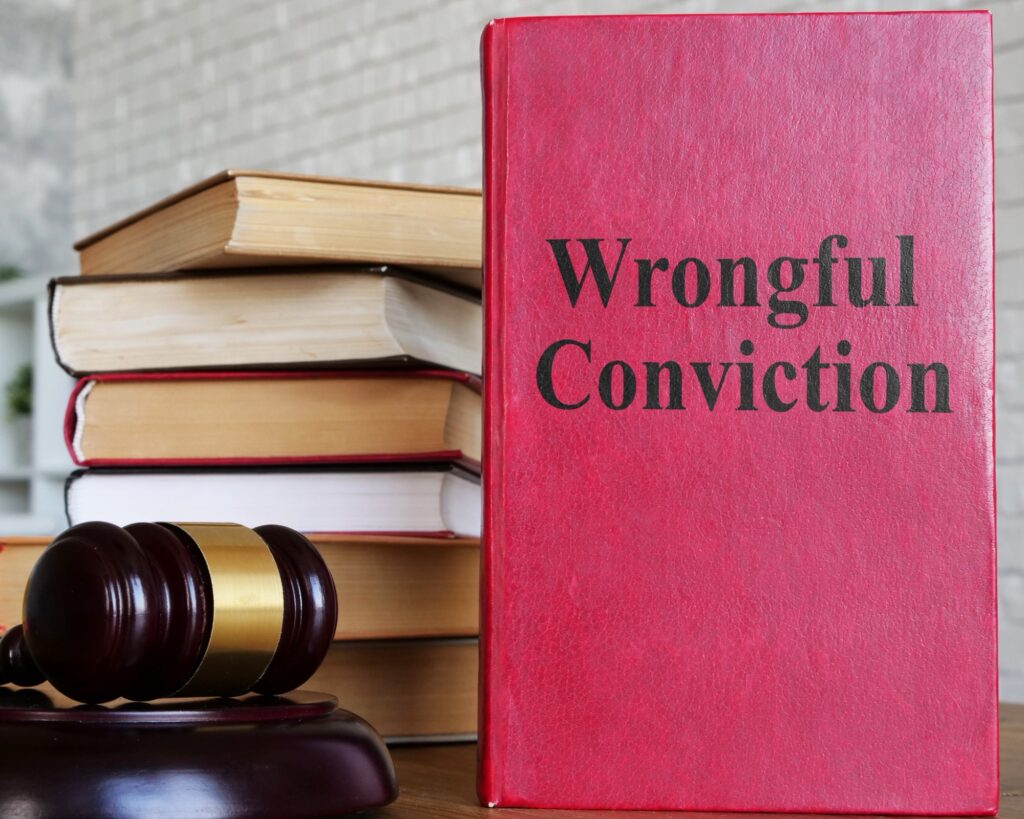
What Role Does DNA Evidence Play in Wrongful Convictions?
Can DNA Testing Really Prove Innocence?
The advent of DNA testing has revolutionized the way innocence is proven in the court of law, turning what once might have been a matter of conjecture into incontrovertible fact. But how exactly does DNA evidence serve this crucial function? At its core, DNA testing compares genetic material found at a crime scene with that of a suspect or a database of known individuals. When a match is not found, it can categorically exclude suspects, offering a clear and scientific proof of innocence that was previously unavailable.
The power of DNA to exonerate has been made manifest in countless real-life exoneration stories. Each case is a testament to the ability of DNA to cut through years, sometimes decades, of legal and evidentiary ambiguity to reveal the truth. These stories not only highlight the individuals and families whose lives have been dramatically altered by wrongful convictions but also underscore the profound reliability of DNA evidence in the pursuit of justice.
How Are Wrongful Conviction Cases Overturned with DNA?
Navigating the path to exoneration through DNA evidence is a journey fraught with legal and procedural complexities. It often requires reopening long-closed cases, challenging convictions that were secured through less reliable means, such as eyewitness testimony or circumstantial evidence. The process typically involves filing for post-conviction relief, where new DNA evidence can be presented to the courts, sometimes years after the original verdict.
The introduction of DNA evidence into these appeals has not only overturned wrongful convictions but has also shed light on the systemic flaws that allowed these miscarriages of justice to occur. As cases are re-examined, it becomes evident that the integration of DNA testing during the initial investigation could have drastically altered the outcome. This realization has prompted significant legal reforms, aiming to ensure that DNA testing is utilized more effectively and broadly within the criminal justice system.
By weaving together insights from “I Don’t Recall: Navigating Memory and Truth in the Courtroom” with the undeniable impact of DNA evidence, it becomes clear that our understanding of truth and memory in legal contexts is evolving. As DNA continues to play a pivotal role in wrongful convictions, the stories of exoneration not only serve as powerful narratives of justice achieved but also as catalysts for ongoing legal and procedural reforms.
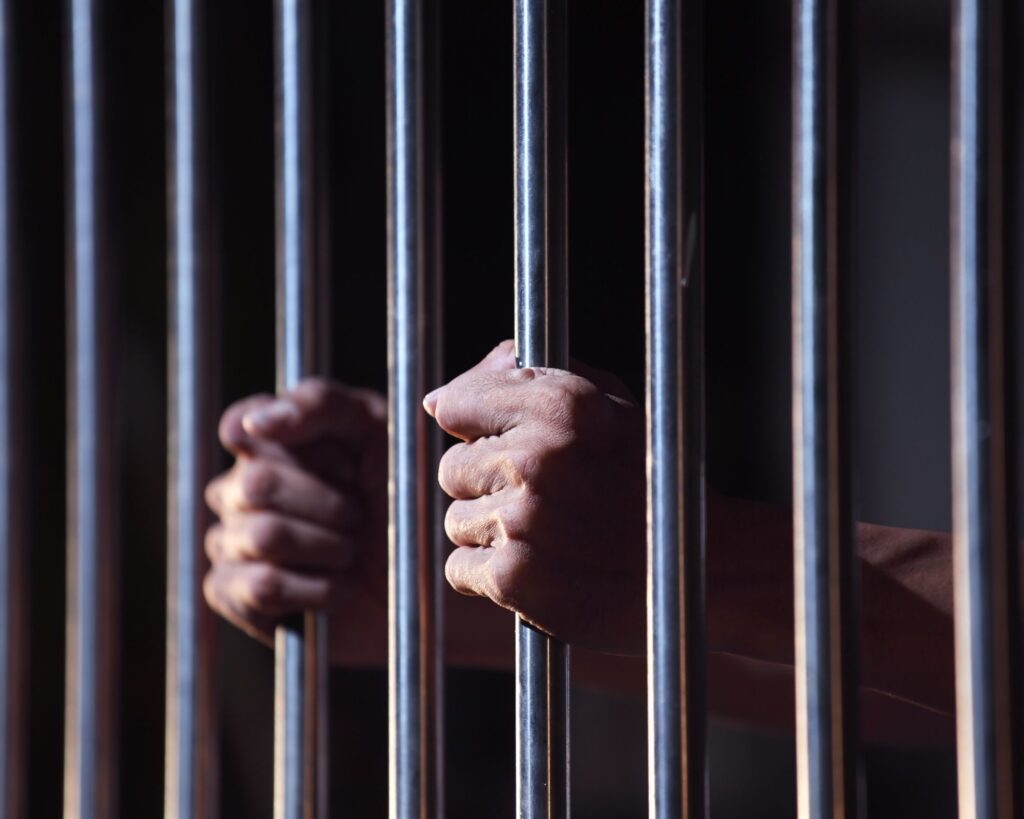
What Challenges Do Wrongfully Convicted Individuals Face?
What Are the Challenges in Accessing Post-Conviction DNA Testing?
Despite the potential of DNA testing to prove innocence, securing access to such tests post-conviction is fraught with challenges. Legal hurdles, bureaucratic red tape, and the high costs associated with testing can be daunting barriers for wrongfully convicted individuals seeking exoneration. Additionally, the availability of physical evidence from past cases, which may have been lost or degraded over time, poses a significant obstacle in even initiating DNA testing procedures.
These challenges highlight the need for comprehensive legal reforms to streamline access to DNA testing for those claiming innocence. The path to these reforms is illuminated by stories of struggle and perseverance, underscoring the importance of advocacy and legislative action in ensuring justice is accessible to all, irrespective of their circumstances.
How Does Overcoming a Wrongful Conviction Impact an Individual’s Life?
Being exonerated through DNA evidence is a monumental victory in the fight for justice, yet the journey doesn’t end at the courtroom doors. Exonerees often face immense challenges reintegrating into society, from securing employment and housing to rebuilding relationships and coping with the psychological impacts of their incarceration. The stigma of a criminal record, even one that has been overturned, can linger, complicating efforts to start anew.
The journey of exonerees underscores a critical aspect of the justice system’s responsibility—not only to correct its mistakes but to support those it has wronged in reclaiming their lives. Initiatives aimed at providing financial compensation, social services, and legal assistance are vital steps in addressing these challenges, but there’s a pressing need for a more holistic approach to post-exoneration support, as outlined in “The Moment of Truth: You’re Arrested, Now What?”. This resource serves as a crucial guide for navigating the immediate aftermath of an arrest, offering insights that are equally relevant for those embarking on the long road to exoneration and reintegration.
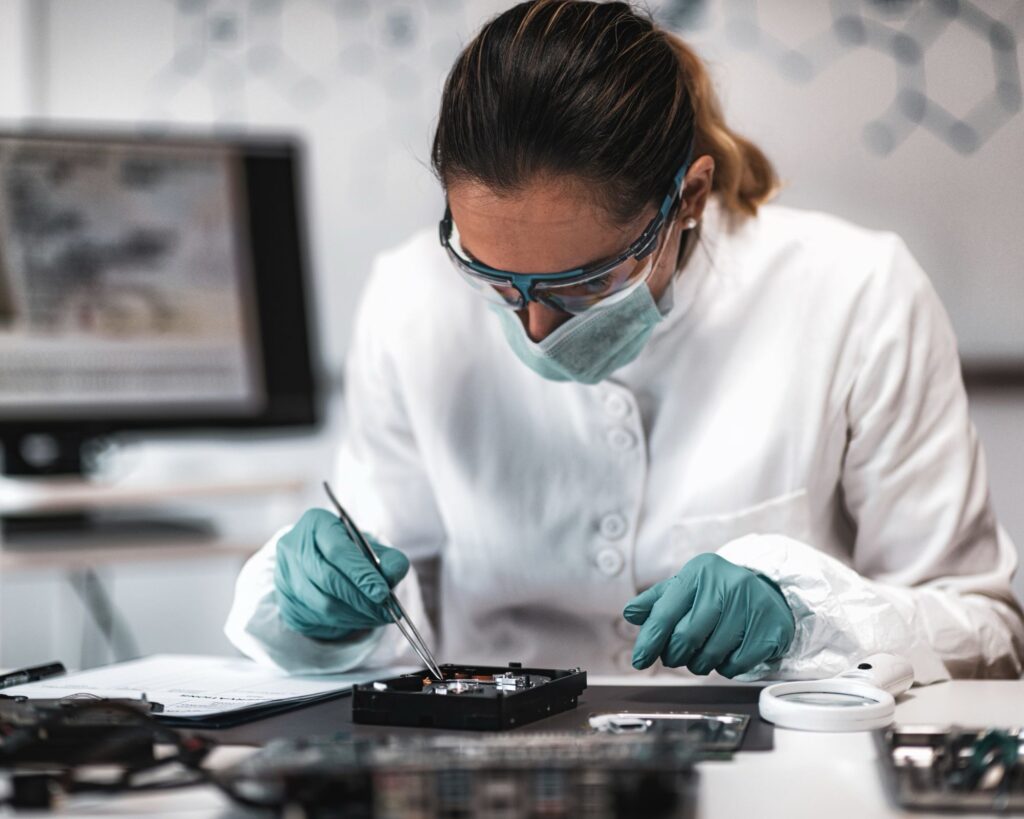
How Is Forensic Science Advancing to Prevent Future Injustices?
Are Advances in Forensic DNA Analysis Making the Justice System More Reliable?
The realm of forensic science is continually evolving, with DNA analysis at the forefront of these advancements. Innovations in genetic testing, such as next-generation sequencing and forensic phenotyping, are not only enhancing the accuracy of DNA evidence but are also expanding its applicability. These technological strides are making the justice system more reliable by increasing the ability to identify perpetrators with precision and exonerate the innocent with confidence.
This leap forward in forensic capabilities comes with a dual promise: to rectify past mistakes and to safeguard against future miscarriages of justice. The adoption of rigorous standards for evidence collection, preservation, and analysis is integral to this promise, ensuring that the power of DNA testing is wielded with the utmost integrity and scientific scrutiny.
How Can Understanding Past Wrongful Convictions Inform Future Legal Practices?
The shadow of past wrongful convictions looms large over the justice system, serving as a poignant reminder of the human cost of errors. Each exoneration story is a lesson in the pitfalls of overreliance on flawed evidence, biases, and procedural oversights. By meticulously analyzing these cases, legal practitioners and policymakers can identify systemic vulnerabilities and implement reforms aimed at enhancing the reliability and fairness of criminal proceedings.
The integration of advanced DNA testing into routine investigative practices represents a critical step toward this goal. Moreover, educating legal professionals about the nuances of forensic science can bridge the gap between law and technology, ensuring that the potential of DNA evidence is fully realized in the pursuit of justice.
The push for a more informed and scientifically grounded legal system is further supported by resources like “Beyond Belief: The Most Insane Verdicts in Courtroom History Worldwide”, which underscores the necessity of vigilance and continual learning in the legal profession to prevent future injustices.

What Does the Future Hold for DNA Evidence and Wrongful Convictions?
As the sun sets on our exploration of the critical role DNA evidence plays in correcting wrongful convictions and shaping the future of the justice system, we’re left to ponder what lies ahead. The advances in forensic science and DNA analysis have already redrawn the boundaries of what’s possible, offering hope and redemption to those wrongfully accused. Yet, the journey does not end here. The future of DNA evidence in the justice system is bright with promise, teeming with potential to further refine the scales of justice.
What then does the future hold? It envisions a justice system where wrongful convictions become increasingly rare, thanks to the preventative power of accurate, reliable DNA testing. It sees a legal framework that embraces technological advancements not as mere tools but as pillars of truth, integral to the pursuit of justice. This future is one where the stories of wrongful convictions serve as historical lessons, reminders of the distance traveled and the progress made.
Moreover, the future of DNA evidence is not just about preventing injustices but about fostering a broader understanding and appreciation of forensic science in society. As public awareness grows, so too does advocacy for the wrongfully convicted, creating a virtuous cycle of education, improvement, and reform. The role of platforms like Legal Know-It-All becomes ever more critical, providing essential insights and resources that demystify complex legal and scientific topics for the wider public.
In this envisioned future, the power of DNA evidence extends beyond the courtroom. It becomes a beacon of hope for those seeking to prove their innocence, a tool for law enforcement to ensure the right individuals are held accountable, and a foundation for a justice system that truly embodies its name. As we move forward, the stories of exoneration will undoubtedly continue to inspire, educate, and drive change, ensuring that the legacy of DNA evidence in the pursuit of justice is both profound and enduring.
In conclusion, the evolution of DNA evidence and its impact on wrongful convictions is a testament to human ingenuity and the relentless pursuit of truth. As we look to the future, it’s clear that the journey towards a more just world is ongoing—a journey fueled by science, shaped by stories of redemption, and guided by the unwavering belief in the power of truth to set the innocent free.
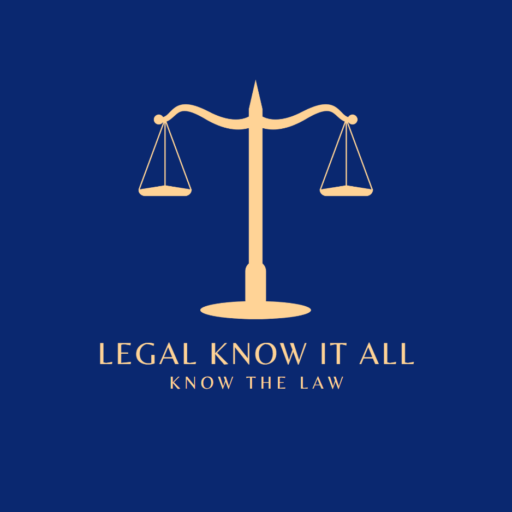
Questions and Answers on DNA Evidence and Wrongful Convictions
How accurate is DNA evidence in overturning wrongful convictions?
DNA evidence is among the most accurate forms of scientific evidence used in the judicial system today. Its specificity in matching genetic material to individuals makes it a powerful tool for proving innocence, with accuracy rates nearing 100% under proper conditions. However, the interpretation of results and the integrity of sample collection and preservation are crucial for maintaining this accuracy.
Can DNA evidence alone exonerate a wrongfully convicted person?
While DNA evidence can be compelling and often pivotal in wrongful conviction cases, exoneration typically involves a comprehensive review of the case, including re-examination of other forms of evidence and witness testimonies. In many instances, DNA evidence serves as the key factor leading to exoneration, but legal processes usually require a holistic approach to overturning a conviction.
What are the limitations of DNA evidence in legal cases?
Despite its high accuracy, DNA evidence has limitations. These include the availability and condition of biological samples, potential contamination, and the possibility of identical genetic markers in a small fraction of the population. Additionally, cases without biological evidence aren’t amenable to DNA analysis, highlighting the need for advances in other forensic methods.
How long does it typically take to overturn a wrongful conviction with DNA evidence?
The timeframe can vary widely, from months to years, or even decades. The process involves legal appeals, securing access to original biological samples, conducting new DNA tests, and navigating the court system for a case review. The complexity of each case and the speed of the legal process contribute to the time it takes to overturn a wrongful conviction.
Are there enough legal resources available to individuals seeking to challenge wrongful convictions with DNA evidence?
While resources have increased, especially with the rise of organizations like the Innocence Project, demand still outstrips supply. Many individuals lack the financial means to pursue legal challenges or access to attorneys knowledgeable in both the legal and scientific aspects of DNA evidence. Increasing funding and legal assistance for these cases is crucial for ensuring justice.
What can the public do to support wrongful conviction reforms?
Public advocacy is vital. This can involve supporting organizations that work on wrongful conviction cases, educating oneself and others about the issues, and advocating for legal reforms to prevent wrongful convictions. Voting for representatives who prioritize justice system reforms and participating in community discussions can also make a significant impact.
How does DNA evidence impact the victims of the original crime?
It’s important to approach this sensitively, as the use of DNA evidence to exonerate individuals can reopen painful wounds for victims and their families. However, ensuring the correct person is held accountable can also bring a sense of closure. Open communication, support services, and efforts to find the truth respectfully are essential to addressing the needs of victims in these cases.
These questions and answers shed light on the multifaceted role of DNA evidence in the justice system, highlighting its potential to correct grave injustices while also acknowledging the complexities and challenges involved in its application.
As an Amazon Associate we earn from qualifying purchases through some links in our articles.
